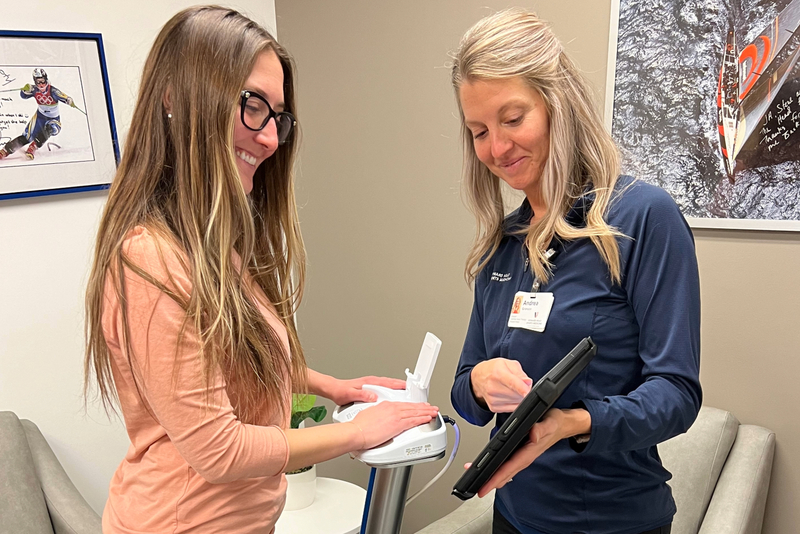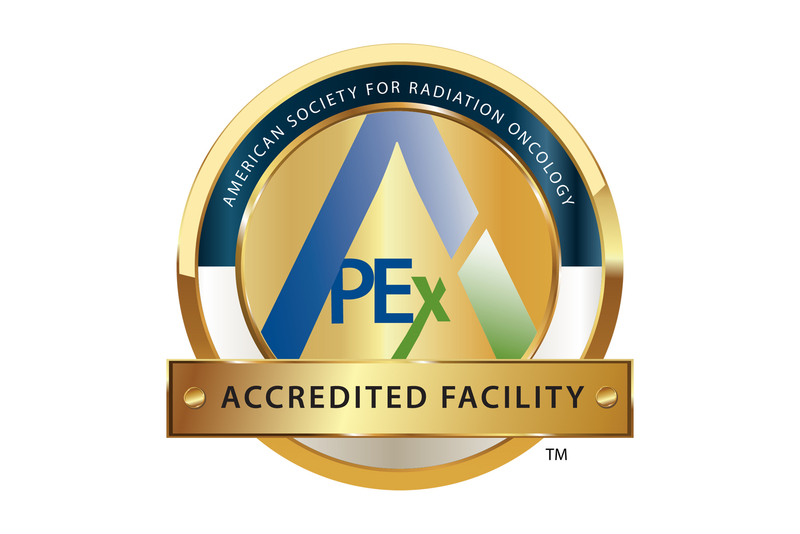News
Breast density and what it means for you, according to the new medical director of Shaw Cancer Center’s Breast Care Program
Tricia Swenson
October 12, 2020
October is Breast Cancer Awareness Month and in addition to reminding women to do self-breast-exams regularly and schedule a mammogram per their doctor’s recommendations, there is another topic that women should be aware of: breast density.
Dense breast tissue refers to the appearance of breast tissue on a mammogram and is a normal and common finding. Dense breast tissue is detected on a mammogram and can be found in all sizes of breasts.
“Half of the women who have a mammogram will have dense breast tissue,” said Dr. Julie Barone, medical director of the Breast Care Program at Shaw Cancer Center in Edwards. According to the Shaw Cancer Center, women with dense breasts have a four to six times higher risk of developing breast cancer and in Eagle County, more than 60% of women have dense breasts.
According to Dr. Barone, dense breast tissue is more common in:
- Younger women (breast tissue tends to become less dense as women age);
- Women with lower body mass index (women with less body fat are more likely to have dense breast tissue)
- Postmenopausal women who take hormone replacement therapy
The phrase “finding a snowball in a snowstorm” is a good way to describe it. Dense breast tissue appears whitish in color on mammograms, which is similar to how cancer appears on mammograms. In addition to an annual mammogram, women with dense breasts may benefit from additional technology.
“Mammograms are still the most effective screening tool for detecting breast cancer. Women with dense breasts should get a 3-D mammogram or breast tomosynthesis,” Dr. Barone said. “Tomosynthesis uses X-rays to collect multiple images of the breast from several angles to form a 3-D image of the breast,” Dr. Barone said.
At Sonnenalp Breast Imaging at the Shaw Cancer Center, they offer automated whole breast screening ultrasound. Breast ultrasound may detect some cancers not seen on a mammogram.
“A breast MRI is another imaging modality which is useful in patients with dense breasts who also have a greater than 20% risk of developing breast cancer based on a risk calculation performed at the time of mammogram or performed at the time of the visit with the breast surgeon,” Dr. Barone said.
Despite all the advanced technology available in Eagle County, Dr. Barone says being your own advocate is key.
“In addition to an annual mammogram, women should get an annual breast exam with their doctor. Not all cancers can be seen via breast imaging. If you or your doctor feels a lump, even if the imaging does not show an abnormality, you should see the breast specialist for evaluation,” Dr. Barone said. “If we can detect breast cancer early, we can save lives.”
Learn more at ShawCancerCenter/DenseBreasts
More News
-
More

Cervical Cancer, Lymphedema and SOZO What You Should Know
January is Cervical Cancer Awareness Month. Cervical cancer is the fourth most common cancer in women globally with...
-
More

Vail Health Shaw Cancer Center achieves accreditation for radiation oncology services from ASTRO's APEx - Accreditation Program for Excellence®
Vail, CO (Sept. 7, 2023) — Vail Health Shaw Cancer Center successfully attained accreditation...
-
More

How Exercise Snacking Helps Boost Health
Staying physically active following a cancer diagnosis can be daunting. But a great way to slowly introduce exercise...





